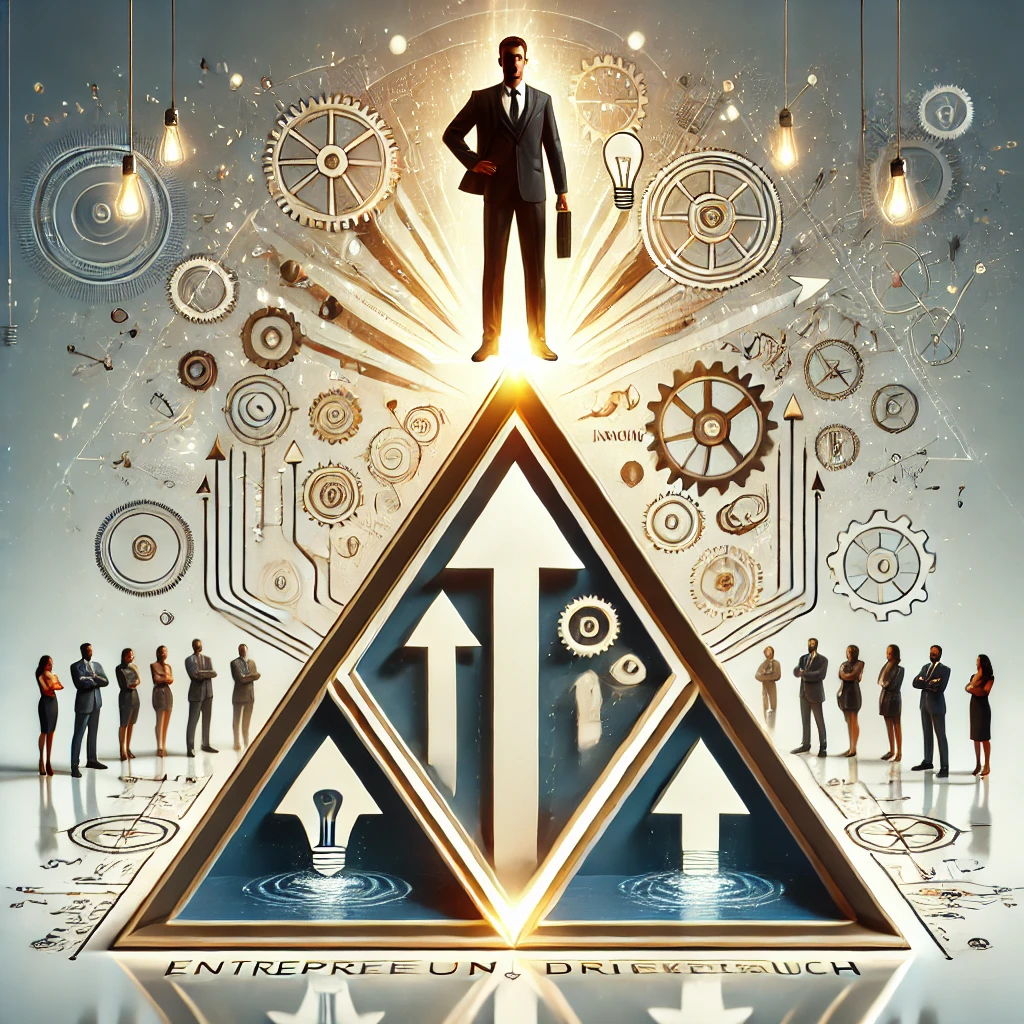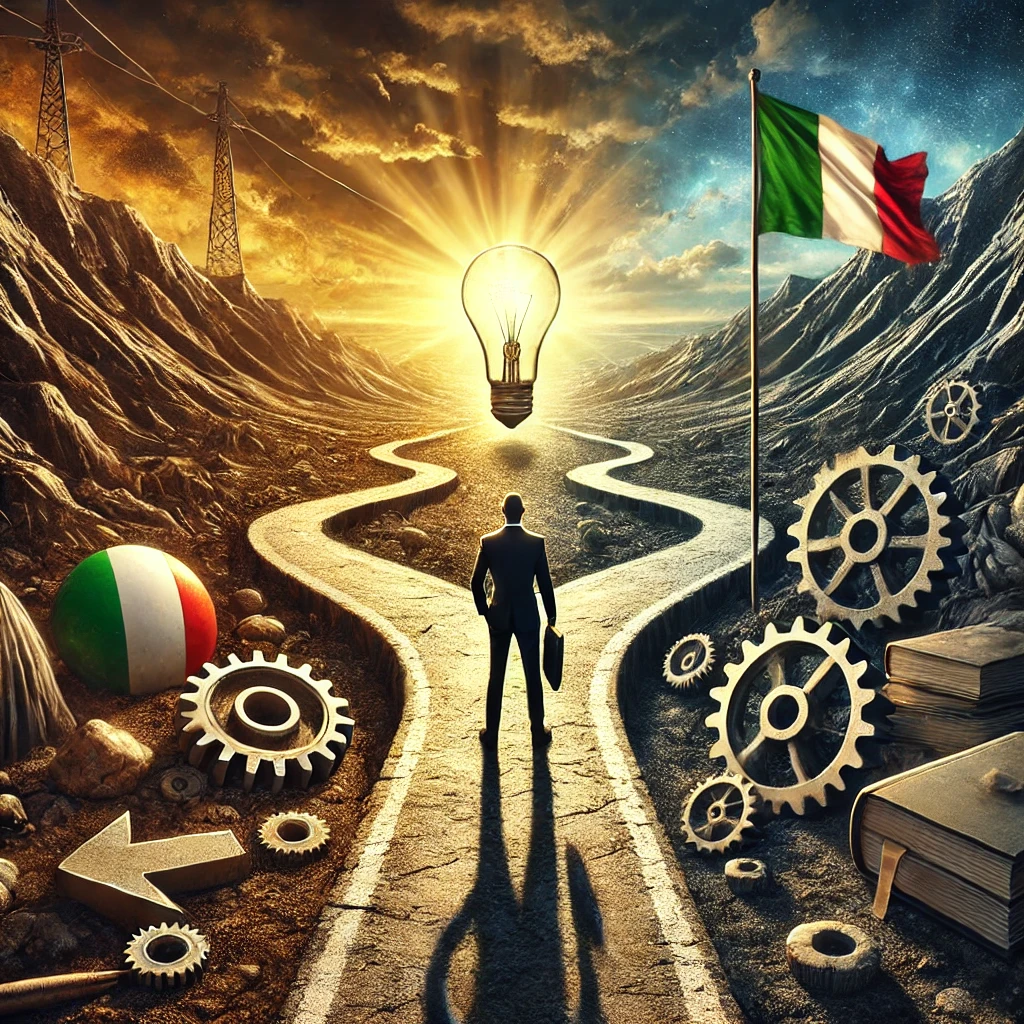An Impromptu Analysis of a Lifetime in the Boots of the Innovator
This article owes a lot to an interesting and stimulating telephone call with @cristianranallo and a follow-up discussion and brainstorm with my colleagues of the Innovation Team @ Native Strategy: Sal, Francesca, Mattia. I could not be any prouder of them.
Let’s be honest about it. Corporate innovation often falls short of its full potential, despite significant investment and attention. Companies are the last place where you expect groundbreaking innovation to take place. Why is that?
Predictability
Companies are money-making machines designed to be predictable and repetitive systems of value creation. Imagine walking into a fast-food chain and finding a new layout and different menu every other day. Most customers wouldn’t appreciate that unpredictability.

The same is true for brands like Coca-Cola. When they attempted to change their flavor without consulting the public, the backlash was swift, forcing a rapid course correction. Predictability is part of their success.
But innovation is different. While predictability keeps operations stable, true innovation requires boldness and risk-taking. Large corporations often monitor the innovation landscape, ensuring their business model remains intact. When threatened, they either acquire innovations or wait for the market to settle, buying what’s left standing.
Human beings—and corporations—thrive on predictability. We engineer processes to be repetitive and efficient. That’s why traditional R&D departments can struggle to foster the kind of disruptive innovation that changes industries.
The Reality of Open Innovation
When I first learned about Open Innovation through a colleague’s post, I was surprised. The idea of companies collaborating to innovate sounded great in theory, but I wondered if it could truly deliver. Innovation is more than just an event or a meeting; it’s a craft.
When I think of innovation, I envision a Renaissance workshop, with masters and apprentices honing their skills. Real innovation comes from a select few with a vision to change the world. It’s not the result of large teams averaging out ideas.

Today, technology has created a new Renaissance, where small groups of talented individuals can have an outsized impact. Take WhatsApp, which was acquired for $19 billion despite having a small team of just 55 employees. The internet economy has leveled the playing field, making resources and opportunities more accessible to those with the boldness to seize them.

The “Spritz Economy” and the Open Innovation Framework
And yet, we see what I call the “Spritz Economy” emerging within the corporate world. Middle managers and junior executives who have not taken significant risks are flown to hubs like Silicon Valley or Tel Aviv to study entrepreneurship. But rather than learning from real entrepreneurs, they often end up mimicking their moves without understanding the underlying mindset.

The Innovator’s Renaissance
While these managers excel in their roles, they haven’t had the experience of creating something from scratch or taking bold risks. The real innovators—those who have left stable jobs to follow their creative instincts—often find themselves being evaluated by those who haven’t walked the same path.
There’s a missed opportunity here. Instead of focusing on appearances, we should embrace an entrepreneur-driven approach, where real entrepreneurs and change-makers lead the way. By tapping into the bold spirit that has defined Italian ingenuity for centuries, we can revive our culture of innovation.

Reviving the Founder Spirit
Italy has always been a benchmark civilization. From the Romans to the Renaissance, we’ve led the world in creativity and innovation. But in recent decades, we’ve seen a decline in global influence. Why? It’s not for lack of talent. Italy has pockets of excellence across academia, business, and society. But these areas of excellence often struggle to make an impact because they are sidelined by entrenched power structures.
We must rediscover the founder spirit that has always been part of Italy’s DNA. To live up to our ancestors, we need to encourage innovation at every level and ensure that those with the boldness to challenge the status quo have the opportunity to lead.
The Challenge of Cronyism
Italy’s economy has been hindered by structures that prioritize relationships over merit. Too often, positions are filled not by the most capable individuals but by those who are most aligned with existing power structures. By creating a more transparent and merit-based system, we can unlock the potential of our best and brightest.
The issue is not that we lack talent—our universities and industries produce world-class graduates. But many of our most talented individuals are leaving the country in search of opportunities elsewhere. Rather than seeing Italy as a place of opportunity, they’re being pushed away by a system that doesn’t reward merit.

The Need for Political Reform
Politics must become again what it was originally meant to be—a representation of the interests of the people. We need leaders who are well-prepared to handle the complexities of governance. Just as we require advanced qualifications for many professions, we should expect the same from our political leaders.
This isn’t about elitism; it’s about ensuring that those in power are capable of making informed decisions. A system that values education, experience, and competence will lead to better outcomes for everyone. By encouraging our brightest minds to engage with politics, we can restore faith in our institutions and chart a path forward for Italy.
A Corporate and National Recipe for Success
Corporations, too, have a key role to play. They are the engines of value creation, and by fostering a culture of meritocracy and innovation, they can help drive Italy’s resurgence. The entanglement of nepotism and cronyism must be severed, allowing for fresh ideas and new talent to rise.
We have the opportunity to reengineer our way of doing things. Instead of pushing our brightest minds away, we should be encouraging them to stay and contribute to the future of Italy. With courage, assertiveness, and a willingness to challenge the status quo, we can reverse the trends of the last few decades and put Italy back on the path to success.
Conclusion: A Call to Action
Italy stands at a crossroads. We can either continue down the path of decline, or we can awaken to the possibilities ahead. The time for action is now. By embracing merit, challenging assumptions, and putting entrepreneurs and innovators at the helm, we can reclaim Italy’s place as a global leader in innovation, creativity, and excellence.

